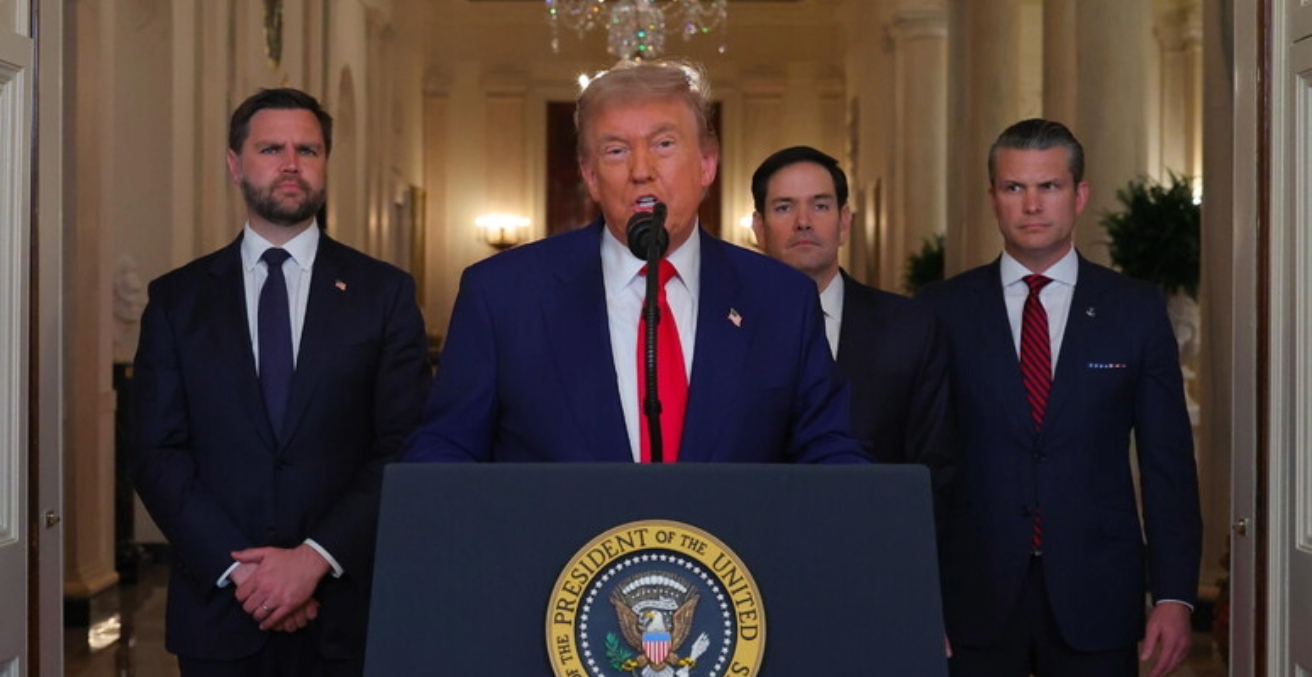Australian foreign policy has sometimes been framed as a choice between prioritising the Pacific or Southeast Asia. This needs to end.
In a time of limited resources, it has sometimes been presented as a choice whether Australia should focus its engagement on Southeast Asia or on the Pacific. In zero-sum competition, funds for the Pacific Step-up were literally taken from Southeast Asia programs. This should not be repeated.
Both regions are crucially important for Australia. And interestingly, what makes for success in one region mostly translates to the other.
Australia’s Near Regions
Southeast Asia and the Pacific have been recognised as crucially important regions for Australia across defence, diplomacy, and development. The 2016 Defence White Paper identified a “secure nearer region, encompassing maritime South East Asia and the South Pacific” as Australia’s second strategic defence interest behind a secure, resilient Australia. The 2017 Foreign Policy White Paper described stability in the Pacific as “vital to our ability to defend Australia’s northern approaches, secure our borders and protect our exclusive economic zone,” while Southeast Asia was described as “of profound significance for our future.” The 2020 Partnerships for Recovery policy recognised Southeast Asia and the Pacific as the places “where we have the most extensive partnerships and can have most impact.”
The challenge has been to give both regions the sustained attention they deserve. Commentators have characterised Australia’s engagement in the Pacific as inconsistent and crisis-driven and criticised its underinvestment and misaligned expectations in Southeast Asia.
But a large part of the problem has been a decrease in resources. Heightening geostrategic competition has provided impetus to increase engagement, for example through the “Pacific Step-up.” However as a result of Australia’s systematic underfunding of diplomacy, renewed focus on one region has come at the expense of the other. The establishment of the Office of the Pacific, for example, came without any new diplomatic funding, meaning that staff and resources were taken from other parts of DFAT. This led to warnings that Australia’s “Pacific Step-up” came at the expense of a Southeast Asia step-down: “a trade-off with a significant cost.”
Shaping a Shared Future
A set of recently released reports and papers – the product of 12 months of consultations with more than 250 development, diplomacy, and defence experts – outline ambitious visions for how Australia can strengthen and sustain engagement in both Southeast and the Pacific. There are several common themes across the papers.
The first is that Australia should be willing to invest in the necessary diplomatic and political resources to maintain its status as a trusted and influential partner and engage effectively with regional countries. Such an approach would ensure that important new initiatives do not come at the expense of existing engagement. There is the need to apply all arms of statecraft in engaging with the region, ensuring both sufficient investment across development, diplomacy, and defence, and the effective coordination of the activities of each in support of common strategic objectives.
Second, Australia should endeavour to be an active and engaged partner in mutually beneficial partnerships with Pacific and Southeast Asian countries. Australia can leverage its expertise and experience to support local and regional priorities, help solve problems, and produce deeper and longer-lasting relationships founded on trust. By contributing to building strong, resilient, and prosperous societies, Australia invests in a more secure and stable immediate neighbourhood that will reap mutual benefits. An Australia that is more strongly integrated with Southeast Asia, for example, will benefit from the region’s dynamism and growth.
Third, the priorities and interests of Pacific and Southeast Asian countries will not always align with those of Australia, but that shouldn’t preclude regional cooperation. Common interests and shared geography should attune parties to building respectful mutually beneficial relationships. Where there is overlap, Australia should anchor development, diplomacy, and defence engagement in a strategy of shared interests and position itself as an invested partner.
Finally, Australia should frame its engagement with each region as valuable in its own right, not through the lens of geostrategic competition. Emphasising the focus on either as a stage for great power contestation in Australia’s foreign policy approach risks encouraging short-term and transactional approaches, neither of which are constructive nor beneficial.
In an era where no country is insulated from international trends, Australia needs to be able to work with its two key near regions to shape a positive future.
In this respect, early signals from the new Albanese Government are encouraging, with the ALP’s two key foreign policy election announcements pledging additional Southeast Asia and Pacific resources and high-level delegations sent to the Pacific and Southeast Asia within weeks of being elected. The language of integrated statecraft is increasingly evident across both sides of politics.
A more integrated and adequately resourced approach to Southeast Asia and the Pacific will enhance Australia’s ability to influence regional and global developments – and avoid the need for false choices.
Tom Barber is program officer and Melissa Conley Tyler FAIIA is program lead at the Asia-Pacific Development, Diplomacy & Defence Dialogue (AP4D). This piece draws on a report recently published by AP4D “Australia and the Pacific: Shaping a Shared Future”. AP4D thanks all those involved in consultations to produce this report.
This article is published under a Creative Commons Licence and may be republished with attribution.




